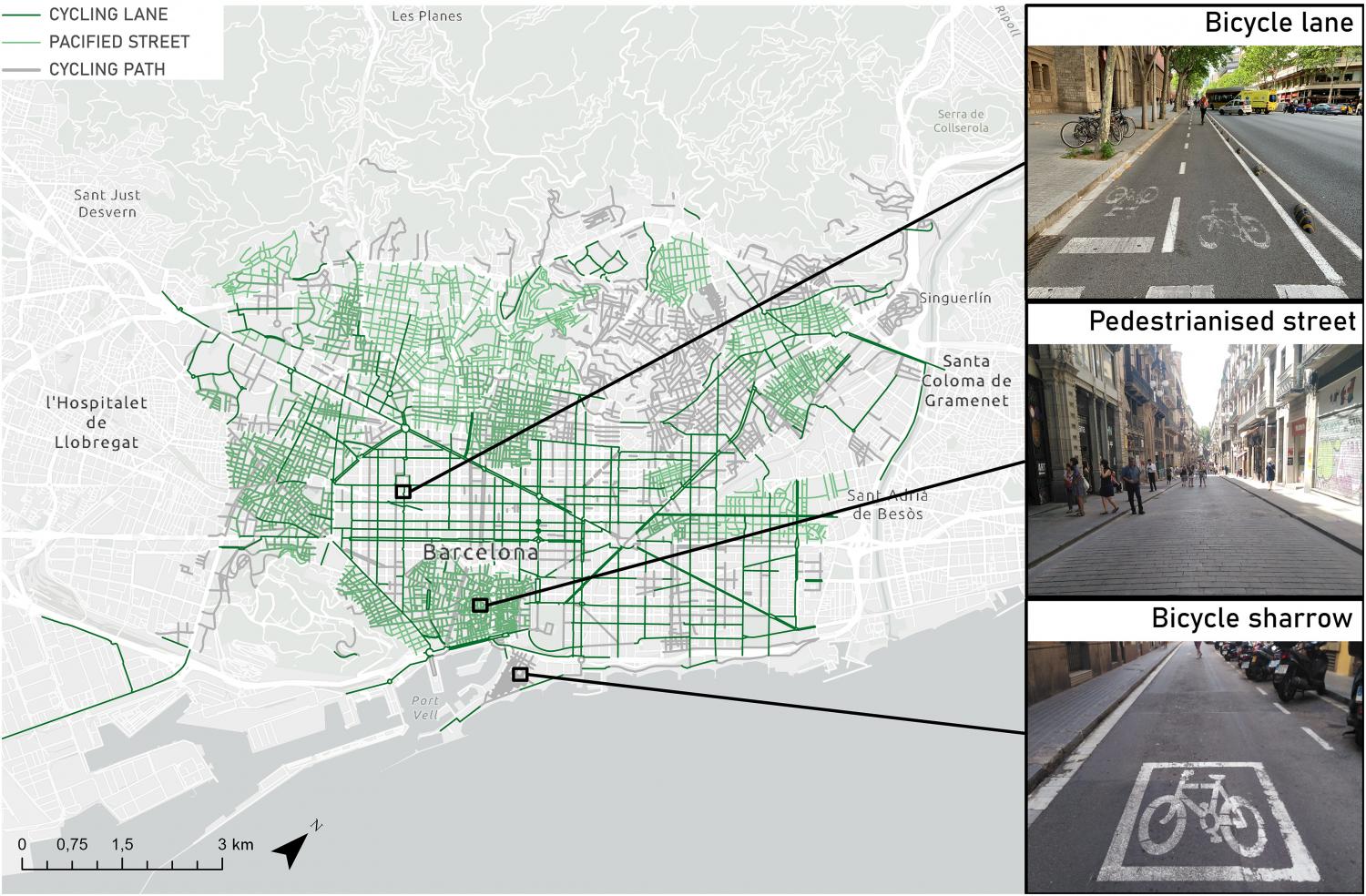
Evidence shows that the use of micromobility vehicles is currently skewed towards young men, who are more likely to adopt risky behaviours, such as fast or aggressive riding. However, research on micromobility travel behaviour founded on GPS data has repeatedly failed to disaggregate findings by gender, or to account for intertwined sociodemographic identities. In this study, we investigate how bike-share cyclists and private e-scooter riders navigate through Barcelona's cycling facilities, and whether intersecting identities (in terms of gender, age and parenthood) influence their performance. Using 911 GPS-tracked trips of 89 participants, we build a multilevel linear mixed effects model that analyses the speed at which cyclists and e-scooter riders travel. The results show that the speed gender gap is particularly salient among e-scooter users, while being almost non-existent among cyclists. The model further indicates that cycling facilities influence riding speed, and that intersecting identities significantly explain how micromobility users circulate through the city. Drawing on theories of performativity and embodiment, we argue that findings pointing to gender differences in travel behaviour might be explained by women's unwillingness to negotiate traffic or tolerate harassment in highly masculinised spaces. These findings contribute to the limited available knowledge on the objective travel behaviour of micromobility users from a gender and intersectional perspective, i.e. recognising the complex way in which multiple forms of discrimination associated with identity combine. We also provide valuable insights into how the design of urban environments and targeted policies can have diverse effects on different micromobility users.
